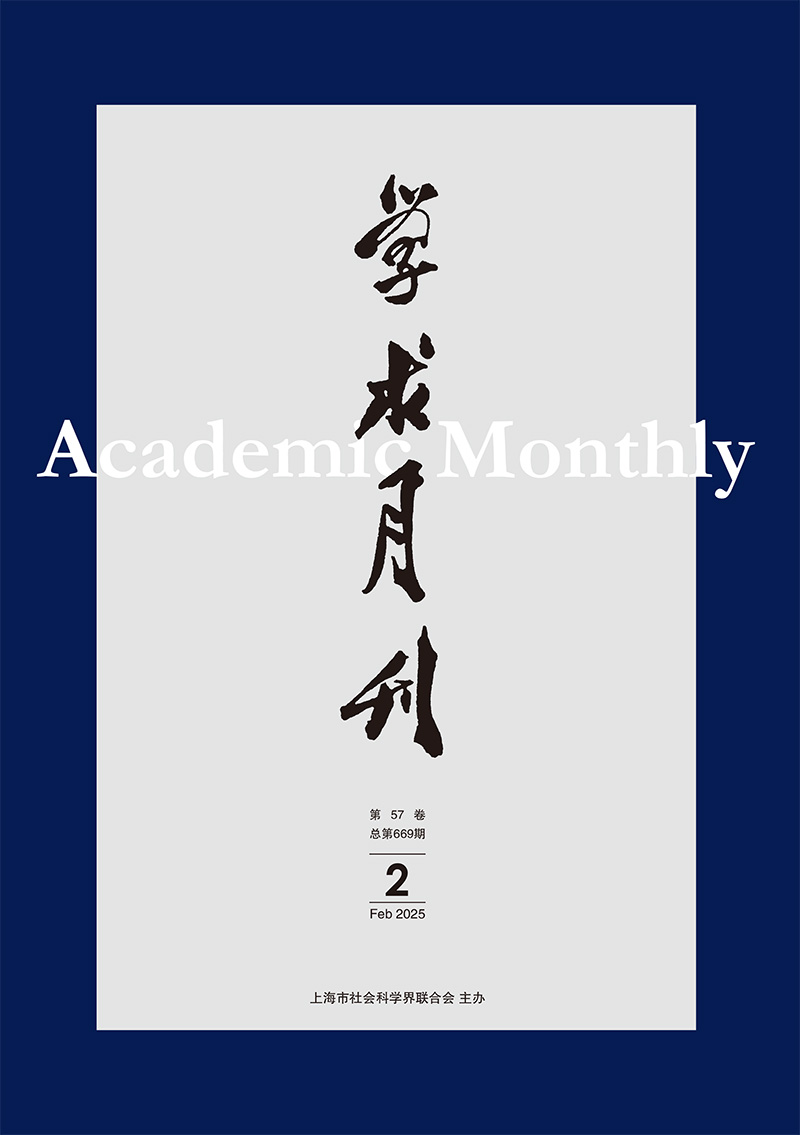The Driving Forces and Historical Experience of Dynamization of Static Comparative Advantage
Abstract: The Communique of the Third Plenary Session of the 20th Central Committee of the CPC calls for improving the institutions and mechanisms for fostering new quality productive forces in line with local conditions,promoting deep industrial transformation and upgrading,and enhancing the resilience and security of industrial and supply chains.At a time of transitioning between old and new growth drivers and facing countercurrents in globalization,current policies share similarities to China’s early strategy of prioritizing heavy industry,which seems to be contradictory to the comparative advantage strategy .This paper analyzes the long-term positive impact of China’s early heavy industry development on the economy through two paths:the transformation of the division of labor system and the dynamics of upstream and downstream industrial chains.It clarifies the driving forces behind the dynamization of static comparative advantage.Furthermore,by analyzing the impact of the evolution of trade policies in Western capitalist countries and emerging industrialized nations in Asia,particularly comparing China and India,this paper provides empirical evidence for the conclusions.Finally,it discusses the driving forces and the necessity of developing new quality productive forces and enhancing the resilience of China’s industrial and supply chains.



 沪公网安备 31010102003103号
沪公网安备 31010102003103号 DownLoad:
DownLoad: